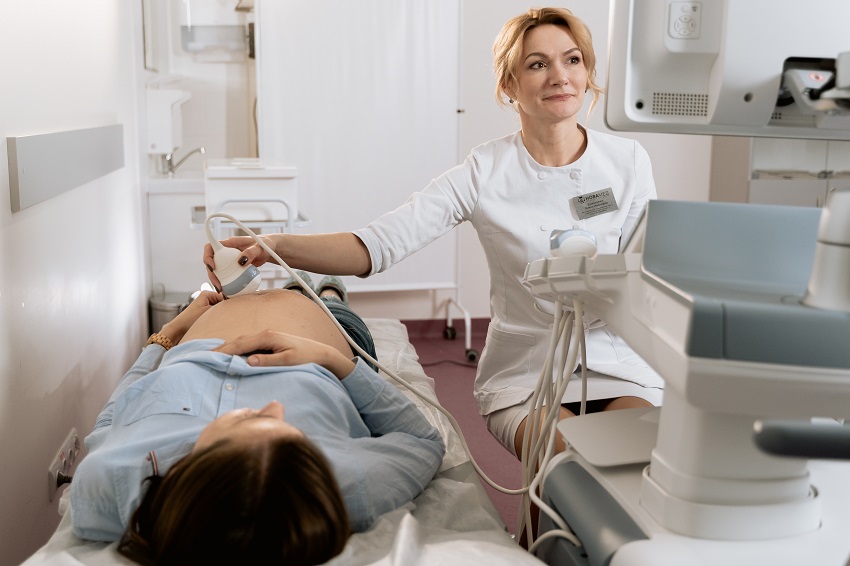To provide the best care for patients and maximize their chances of full recovery, healthcare facilities are packed full of medical equipment.
From ECG machines to ultrasound scanners to IV lines, this equipment has the potential to save lives. It has made the diagnosis of various illnesses more accurate and the treatment of diseases quicker and more effective.
If you’ve ever been on a hospital ward, it would take you just a few seconds to spot some of this sophisticated equipment. Healthcare workers in hospital wards of every kind will use multiple tools to help their patients on a daily basis.
The medical field is vast and there are hundreds of different specialties. Regardless of the type of specialty care that the award provides, there are some general pieces of equipment that are essential to have available. Here awesome of the many pieces of equipment that every hospital ward needs.
Disinfectants, Hand Sanitizer, and Antiseptic Wipes
Hand sanitizers and wipes might be simple but they are necessary to keep the hospital ward clean and free of germs. Since many hospital patients are immunocompromised, it’s essential to keep the potentially harmful bacteria and viruses away.
A lotion dispenser should be placed in every side room and around the main corridor of the ward. This enables staff and visitors to disinfect their hands when they enter the ward or a new room.
Antiseptic wipes can be used to minimize the lifespan of bacteria and viruses on work surfaces and hospital beds to make the hospital ward safer.
Ultrasound Scanners
There are many different kinds of scanning equipment that are used on hospital wards. Some are more specialized than others and large scanners, like CTs and MRIs, won’t be found in every ward.
Ultrasound scanners are much smaller and can be easily transported from one place to another on the ward. They use high-frequency sound waves to check structures inside the body.
Ultrasounds are commonly used during pregnancy to check that a growing fetus is healthy. They can also be used to check the internal abdominal organs and identify any abnormalities.
Defibrillators
In life-threatening situations, defibrillators may be necessary to shock the heart back into a normal rhythm. They are commonly used when a patient is having cardiac arrhythmias or is experiencing tachycardia (high heart rate).
It’s mandatory for every hospital ward to have a defibrillator alongside a range of other medical emergency equipment. It’s a small, portable piece of equipment that has the potential to save a patient’s life. If CPR has not been effective to revive a patient, the defibrillator is often much more effective.
Patient Monitors

Patient monitors are probably one of the most recognized pieces of hospital equipment. They are the machines that you can hear emitting regular beeps as they track a patient’s heart rate, oxygen levels, and blood pressure.
This piece of machinery is essential to monitor a patient’s condition, especially if they are in a life-threatening situation. They provide feedback to healthcare professionals to check how the patient is responding to medications.
Patient monitors can be used for adults, children, and babies, so they will be found in every ward, no matter what the specialty.
Ecg Machines
Electrocardiogram machines (ECGs or EKGs) are used to record the electrical activity of a patient’s heart over a period of time.
The results of an ECG can be used by healthcare professionals to determine whether there are any abnormalities in the rhythm of the health and identify whether additional treatments are required.
Blankets
When a patient is lying in a hospital bed all day, they can quickly get cold. Having a supply of freshly cleaned blankets is essential in every hospital ward to keep patients warm and cozy during their inpatient stay.
Keeping patients warm is especially important during and after major surgical procedures, where perioperative complications are high risk. Blankets are a simple way to reduce the risk to patients and keep them comfortable during recovery.
Anesthesia Machines
Anesthesia machines provide small and precise measures of medical gases to patients. They can be found in abundance in surgical theatres but they are also used in hospital wards.
This type of machinery supplies patients with essential medications to relieve pain and stabilize their condition. Anesthesia machines might be used alongside additional pieces of machinery, such as ventilators or patient monitors to ensure the dosage of medical gases is correct.

